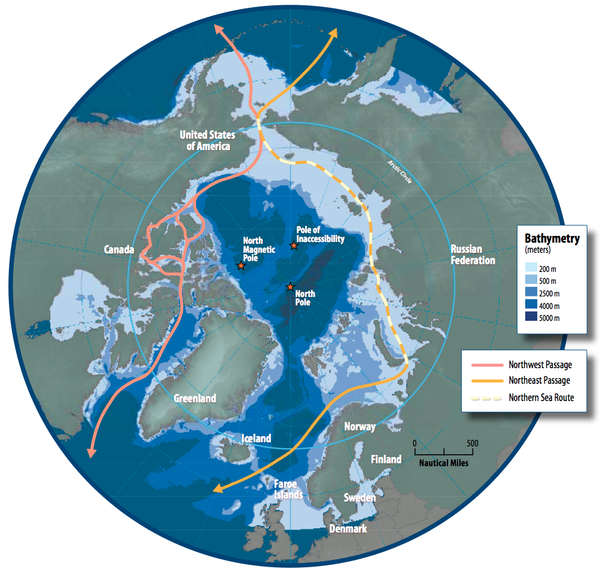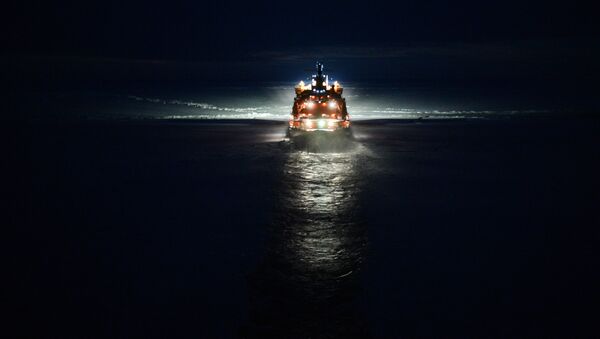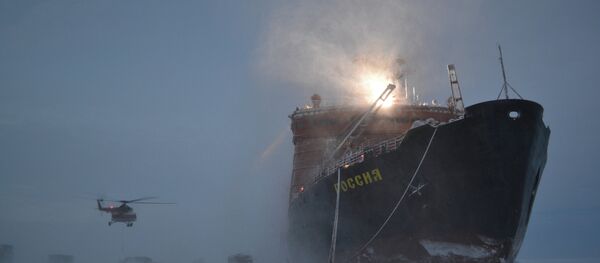Speaking to reporters Friday after a meeting with Russian counterpart Sergei Lavrov, Wang said that Russia's proposal to jointly explore the Northern Sea Route was "a great idea," and that "China welcomes this idea and supports efforts with partners in the region to develop a 'Silk Road on ice'."
Professor Guo Peiqing, executive director of the Institute of Polar Law & Politics at the Ocean University of China, says that a maritime route through the Arctic would be by far the safest maritime route for China's New Silk Road initiative. Speaking to Sputnik, Guo suggested that the sea route could become an important incentive for further Eurasian economic integration.

The expert emphasized that Beijing is very interested in developing the Arctic region, particularly in the areas of trade and economic cooperation. "As far as cooperation is concerned, Russia is the priority nation for China," Guo noted. "We see how cooperation is developing in Yamal [through a joint gas production project]. Cooperation on the Belkomur project, running from Arkhangelsk, through the White Sea and to the Republic of Komi and further into the Urals looks very promising. China's largest state corporations are looking to invest in that project."
In fact, Guo said that he is confident that the northern Russian cities of Arkhangelsk and Murmansk "will become the main transport hubs in Europe in the future, connecting the Artic Sea Route, northern Europe and Russia's interior. Therefore, this is a high priority direction, and we need to use it," he stressed.
"The Silk Road Economic Belt project crosses the Eurasian continent through its center; the 21st Century New Maritime Silk Road moves through its south. A maritime route for the Silk Road in the north does not yet exist. Therefore, the main benefit of the Arctic Sea route is that the geopolitical reasons that it passes through are relatively calm."
"Judge for yourselves," Guo said. "The [southern maritime line of the Silk Road] passes through several countries and regions which face conflicts…Therefore, along this path, it will be necessary to engage in the resolution of disputes, to coordinate many steps. Take the 21st Century New Maritime Silk Road – it moves through the South China Sea, Southeast Asia, the Indian Ocean…These are all very complex regions. A northern route is another matter. Therefore, I think this can become a serious incentive for Eurasian economic integration."
Finally, Guo noted that even judging strictly by considerations of time and cost, the Northern Sea Route has excellent prospects. Given the warming waters of the Arctic Ocean, the Northern Sea Route may become the main alternative to the current transcontinental route connecting Europe to Asia, which runs through Southern Eurasia, Africa and the Middle East via the Suez Canal. For example, sailing a cargo vessel from Shanghai to Hamburg along the Northern Sea Route is 2,800 miles shorter than making the same shipment through the Suez Canal.



